The Top 12 Collections of the Fall 2019 Menswear Season
Once upon a time, menswear was considered womenswear’s low-key cousin: fewer shows, chiller vibes, with much less at stake. That doesn’t seem like a fair assessment anymore, certainly not when it comes to the Fall 2019 menswear season. “Every bit as exhausting and action-packed as women’s!” is how Vogue Runway’s chief critic, Sarah Mower, summed up the two solid weeks of shows, which kicked off with Craig Green and Charles Jeffrey Loverboy in London and concluded in Paris with a murderers’ row of talents, from Kim Jones at Dior Men to the irrepressible Rick Owens. Behind the scenes, the numbers bear out Mower’s assessment. Eyeball for eyeball, interest in Virgil Abloh’s Louis Vuitton and Hedi Slimane’s Celine rivals what the most-watched womenswear collections rack up. It makes you wonder if all those coed shows were such a good idea after all.
Here, Vogue Runway’s top 12 collections of the Fall 2019 menswear season.
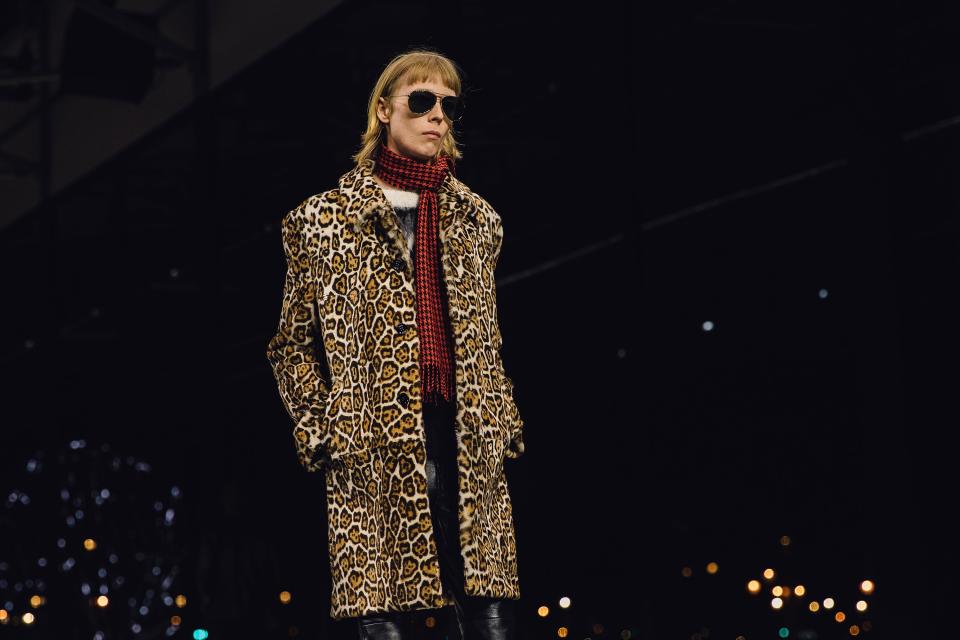
Celine
The question of how Hedi Slimane would shift the needle at Celine began with his opening statement: a black double-breasted suit, white shirt, black skinny tie, and mean New Wave shades. This is a moment when formal tailoring is in play again for the first time in a generation—and those incremental changes of detail still count. Slimane’s bid—by repetition—was to train the eye on specifics. High-waisted pleats, cropped-leg length, laced-up flat boots, or the more familiar super-skinny leather/jean thing he’s always done. Then a vast smorgasbord of layered jackets and coats, iterating a range of ’80s vibes: hints of a boy’s view of dad’s Armani-gray officewear, granddad’s country tweeds, and classic throwback rock-idol leather jackets and leopard-spot drape coats. Slimane can dazzle, no doubt about it. In the glamour stakes on red carpets, the sequined coats and jackets will threaten to outshine any competition. —Sarah Mower
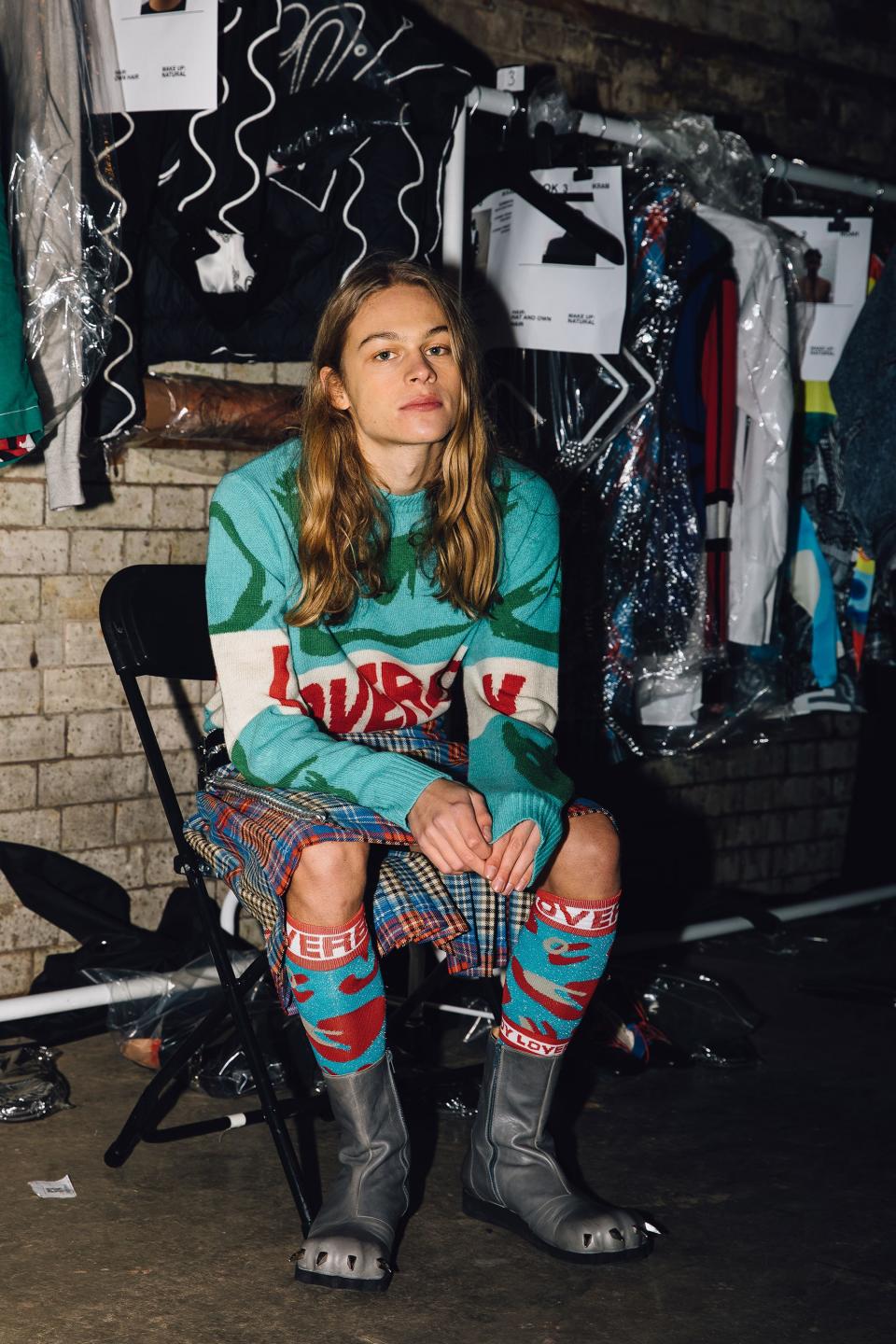
Charles Jeffrey Loverboy
This collection showed a huge upgrade in Charles Jeffrey’s ambition. He pulled off his first stab at couture elegance—with all the chic accessories—with surprising aplomb. Asked about that, he noted that he’d interned at Christian Dior as a student—handy experience he’s kept up his sleeve until the right time. While doing that, his other drive was an improvement on his tailoring. The signature Loverboy tartan suits and a coatdress on a girl were fitted, spick-and-span. Embroidery, patchwork, decorative coats, cloches, berets, colorful signature sweaters, and all—it was a fulfillment of all he’s achieved so far, and a big step on. —S.M.
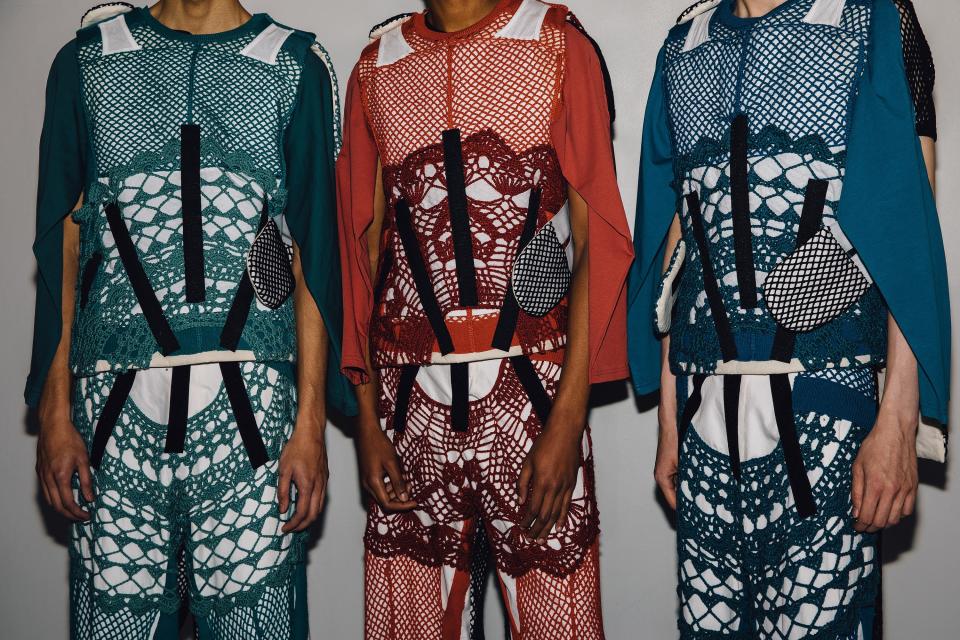
Craig Green
The menswear fraternity has a high threshold of tolerance for all of Craig Green’s experiential dimensions, because he also makes clothes that sell. But then again, over the past few days, it has been the designers who use fashion to express sensitive, delicate feelings, and who astonish with unexpected technique, who have stood out. As the phase of generic sportswear retreats, something much more nuanced, exciting, and deep is being ushered in. Green is a leader who is taking us there. —S.M.
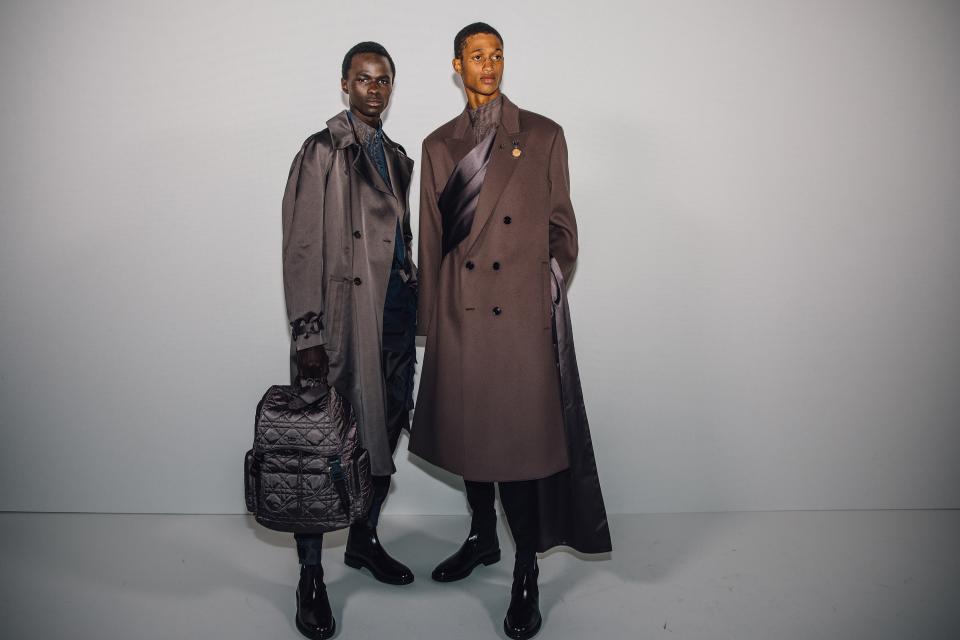
Dior Men
Tailoring is, of course, the subject du jour in menswear, but how to place a suit in a context that both honors tradition and convinces a new generation is another matter. Kim Jones cracked the conundrum by bringing together the gendered sides of the capabilities that reside under the roof of this house—the Dior uniform of the corporate businessman and politician’s suit, and the draping in 3-D that is the expertise of the women’s haute couture. —S.M.
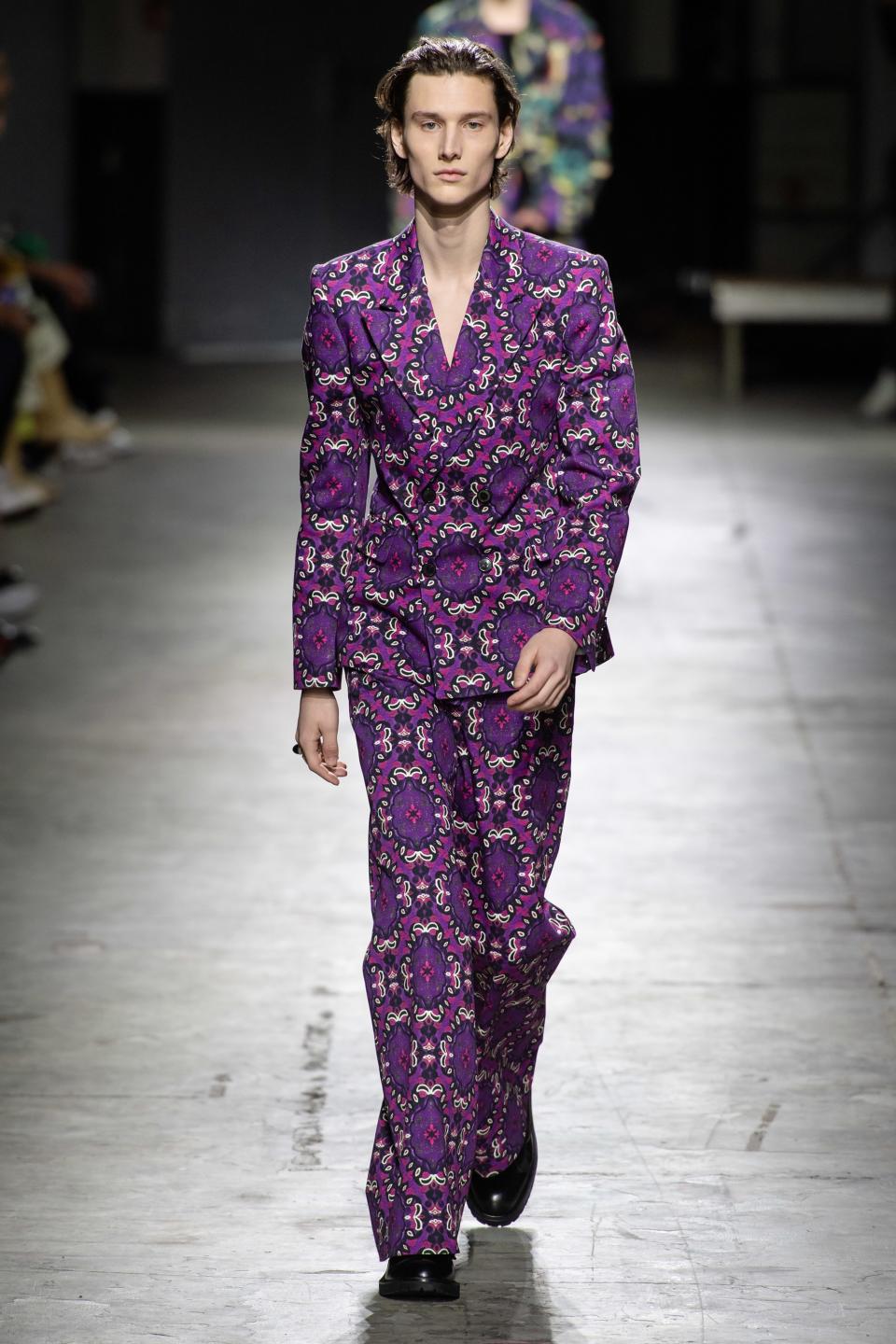
Dries Van Noten
At a time when world politics is in a disgraceful state, how should a civilized adult comport himself? That’s the question. Dries Van Noten’s show came up with a solution that served: Blot out the mayhem, put on a suit, and just concentrate on behaving like the hero you want to be. —S.M.
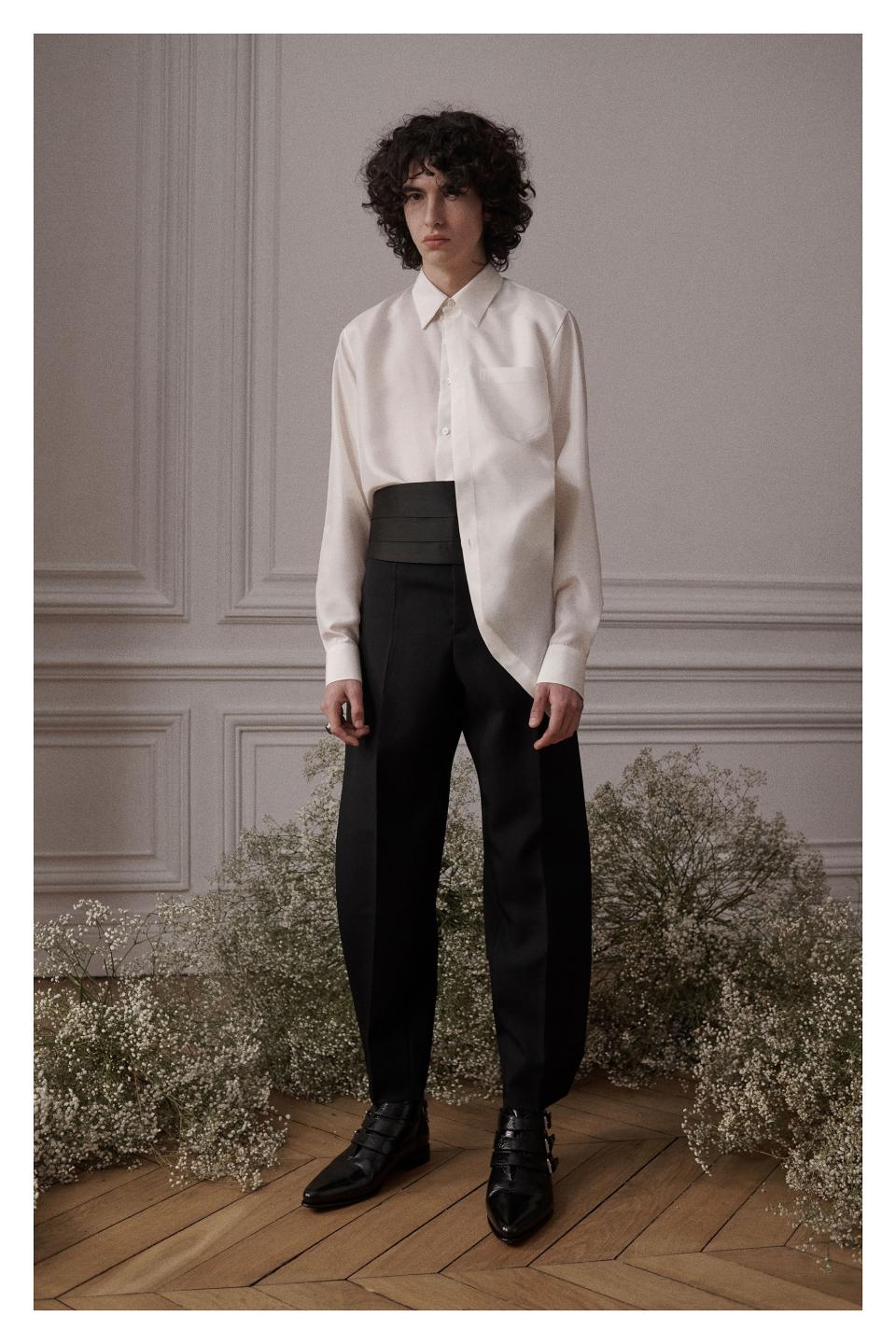
Givenchy
A new kind of youthful aspiration—to look smart and gorgeous no matter what—is coming down the line, taking menswear up several significant fashion notches from the commonplaceness of the street. “To me, Givenchy is an elevated house,” said artistic director Clare Waight Keller. Even in distressed times, with luxury stores under attack from the gilets jaunes every Saturday, the world still looks to Paris to take the lead when it craves a chic idea on how to dress. Waight Keller—British as she is—nailed that frisson in the single- and double-breasted, flared-trouser suits she sent out. —S.M.
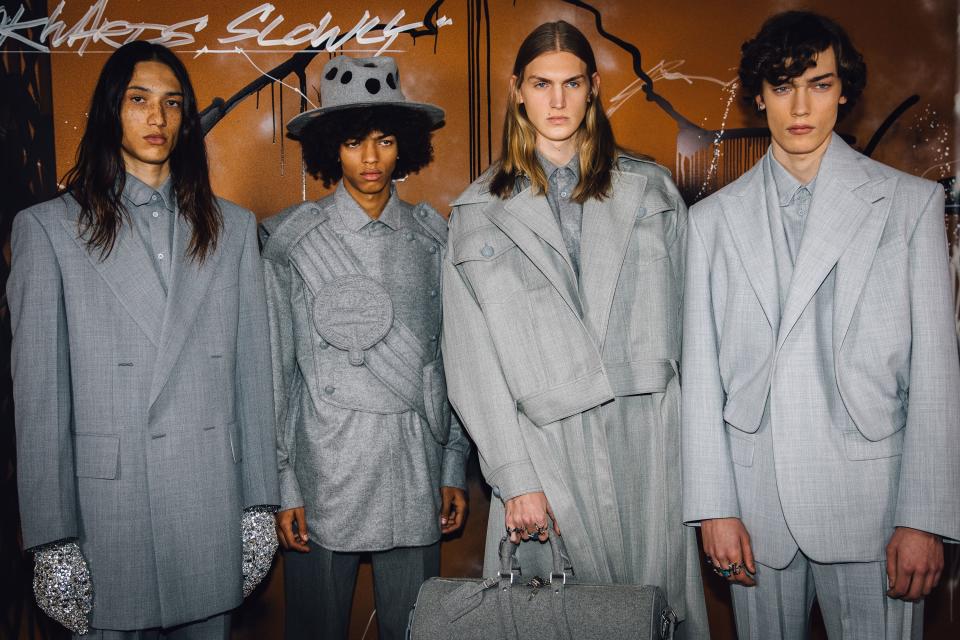
Louis Vuitton
There is so much goodwill around Virgil Abloh; his constantly everywhere fame; and his massive, interlocking networks of friends and followers. That is the revolutionary generational reach Louis Vuitton knew it were co-opting when the company hired him: a 21st-century skipping of the old, excluding boundaries between luxury fashion and what kids—boys in particular—passionately care about. But it’s a bigger responsibility—and an ambition that Abloh has in his sights—to rise to the more difficult challenge of contributing something new to fashion. Before he arrived, the industry made its assumptions. “Yeah, you know, they thought it would be streetwear,” Abloh said with a laugh. But no. His aim is elevation, only seen through a new prism. And first, he’s tackling tailoring. “It takes an intense amount of time to do something subtle,” he observed. —S.M.
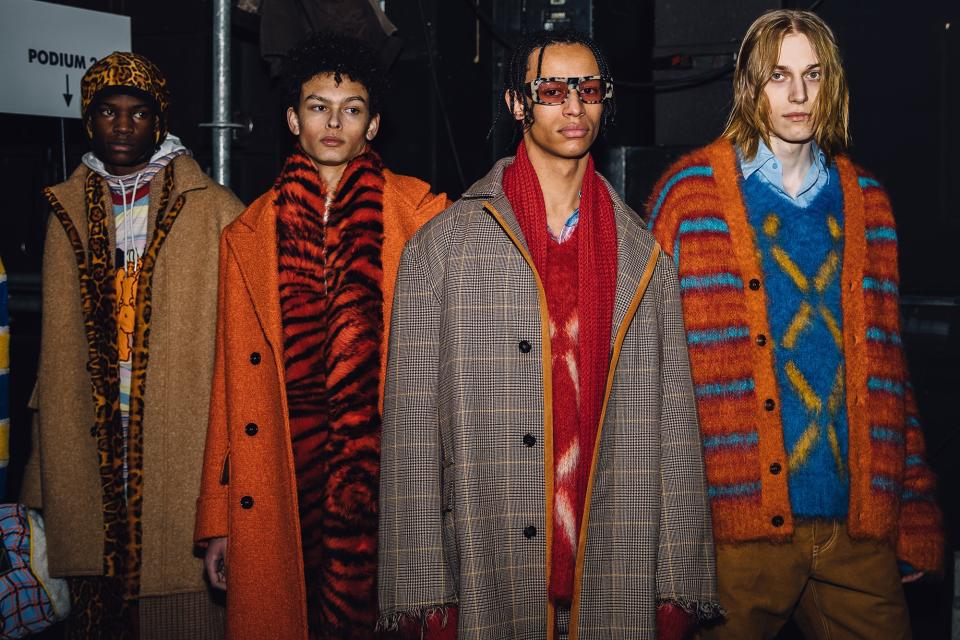
Marni
Francesco Risso has an oracular, almost esoteric way of explaining his collections’ meanings. His narrative definitely doesn’t lack charm. “I wanted to address the elephant in the room,” the Marni designer said. “The puppeteers out there who are busy playing soccer with our planet, hanging their coats on elephants’ tusks—they don’t realize that these neuro-tribe movements are emerging from the streets and they’re invading the space: This for me is the sense of this collection. They are atypical kids, extravagant and not diagnosable types. You have to imagine an invasion, like in a 3-D Risk game.” When the aforementioned neuro-tribes made their appearance, they stomped their banana-sock boots, wearing what looked like a gentle parody of conservative suiting. There were ginormous blazers and matching trailing pants in wool bouclé or moleskin in dark classic colors, “imposing like if they were dressed with movable apartments,” mused Risso. —Tiziana Cardini
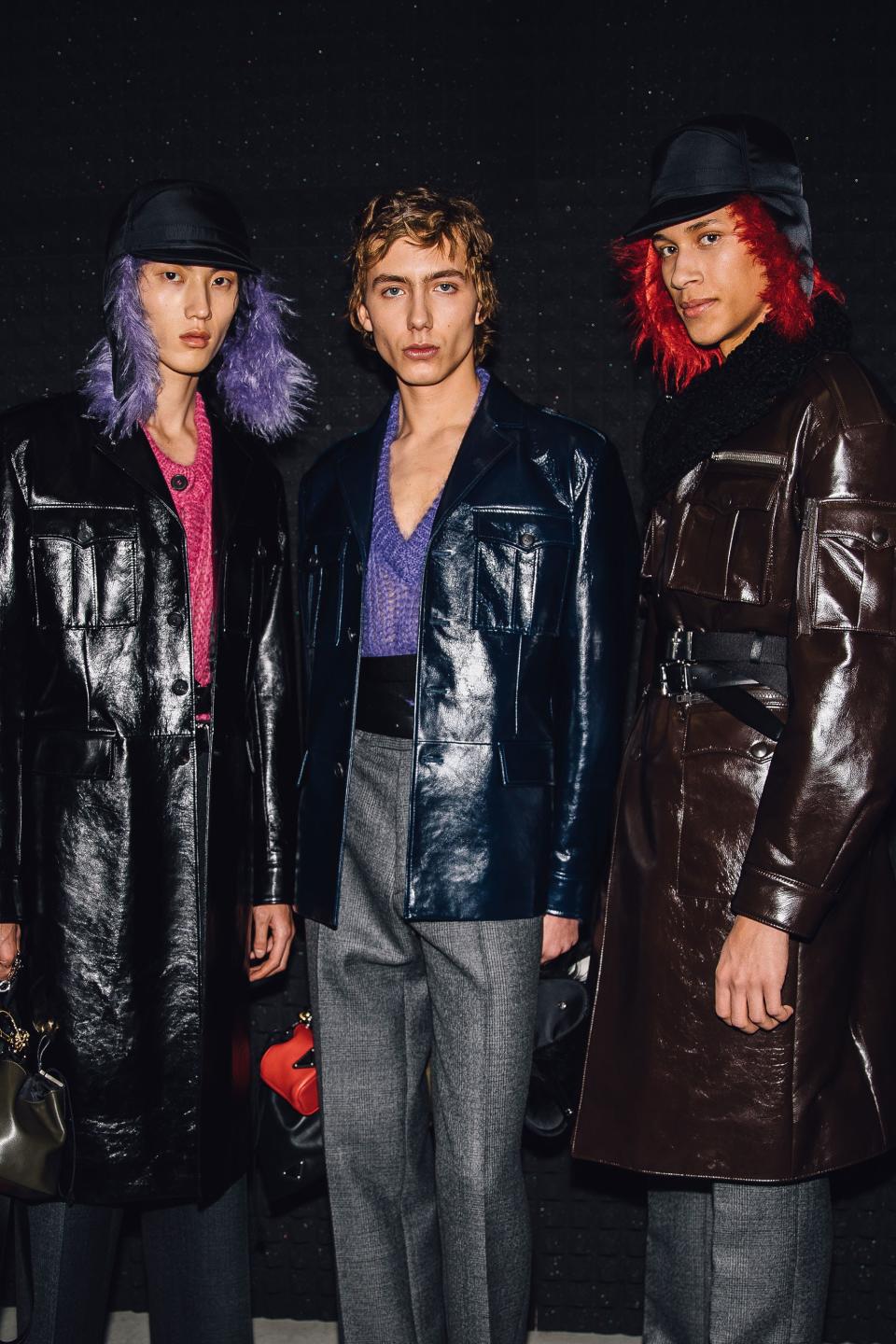
Prada
There were jackdaw, trophy-post asides in boldly colored marabou trimmings on hats and shoulders. Many of the models were heaped with backpacks worn high on the back that pushed the sternum forward. Miuccia Prada was almost dismissive of this detail. She was much more interested in the origin story of Frankenstein and its author, Mary Godwin, who first released her yarn in 1818, anonymously: “This woman in the 19th century, she could not publish her book. She invented Frankenstein, but the poet Shelley had to publish it . . . because they didn’t publish a book written by a woman.” At this the designer paused and assumed a satisfied expression. “Although it seems that in literature now, if you are not a woman, you don’t sell. So men, now, they change their names to women’s names!” —Luke Leitch
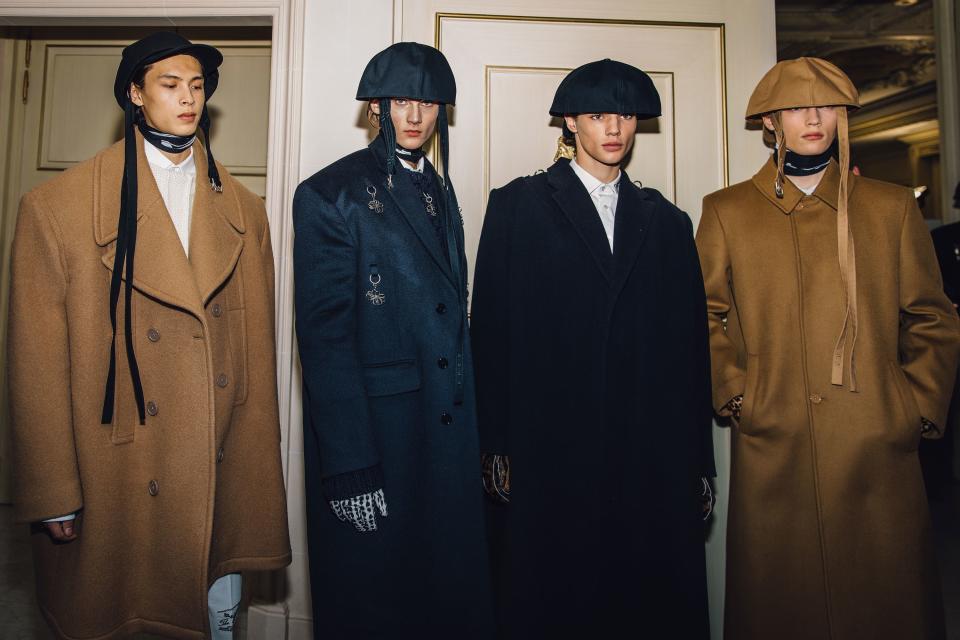
Raf Simons
It was as fraught an occasion as there could possibly be in fashion: Raf Simons’s first reappearance in public, less than one month since his fans had been hit by the body blow of his exit from Calvin Klein. The specter that sudden severance of a lauded major designer raised was more general. Does it herald the death, or at least the belittling, of creativity and meaning in fashion? Simons had a tangential answer to that. “I don’t want to be negative,” he said. “I want to do something abstract and beautiful and elegant and proud and sophisticated, but without losing the edge of what the brand stands for: the young generation, the dark movies.” —S.M.

Rick Owens
Just like Rick Owens’s soundtrack (ABBA’s “Gimme Gimme Gimme,” recorded by Leather Nun, remixed by Fecal Matter), this collection took something we all recognized and turned it into something completely new yet simultaneously true to the original. Does any other designer reinvent his or her message so comprehensively every season while remaining so identifiably him-/herself as Owens? I don’t think so. —L.L.
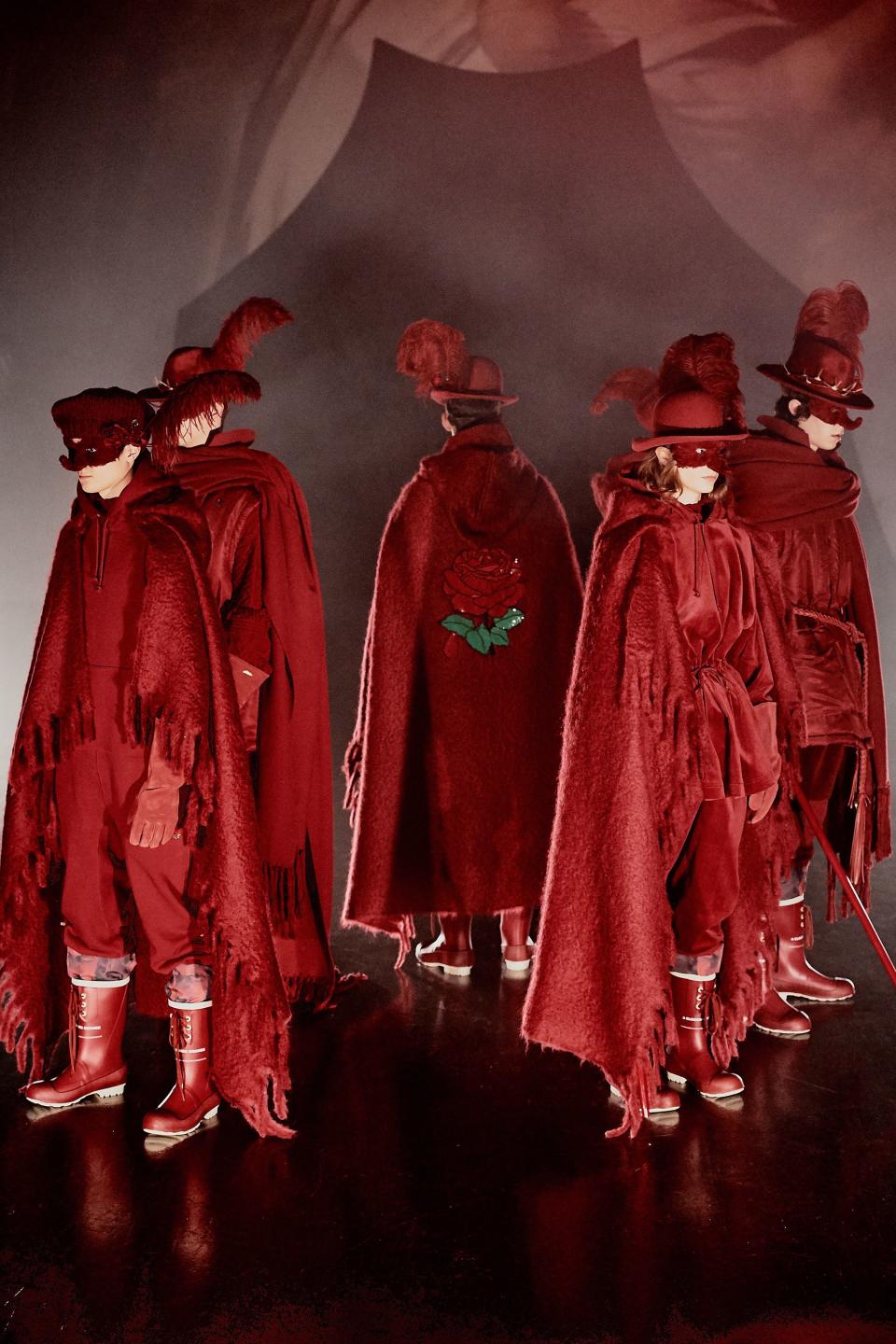
Undercover
This season’s Undercover man was A Clockwork Orange’s Alex, and Caravaggio as Alex, along with his time-traveling banda droogs. Edgar Allan Poe acted as trans-dimensional connective membrane, and Beethoven via Wendy Carlos supplied the musical accompaniment. There was also a section that delivered designer Jun Takahashi’s take on the flying saucer, Poe, and Beethoven graphics first presented at Valentino just two hours previously. It was meta-meta. “Like silvery wine flowing in a spaceship, gravity all nonsense now,” this was a collection that stretched your gulliver wide open but was worth the stretching: horror-show fashion show. If only Poe had sat among us to see it. —L.L.
